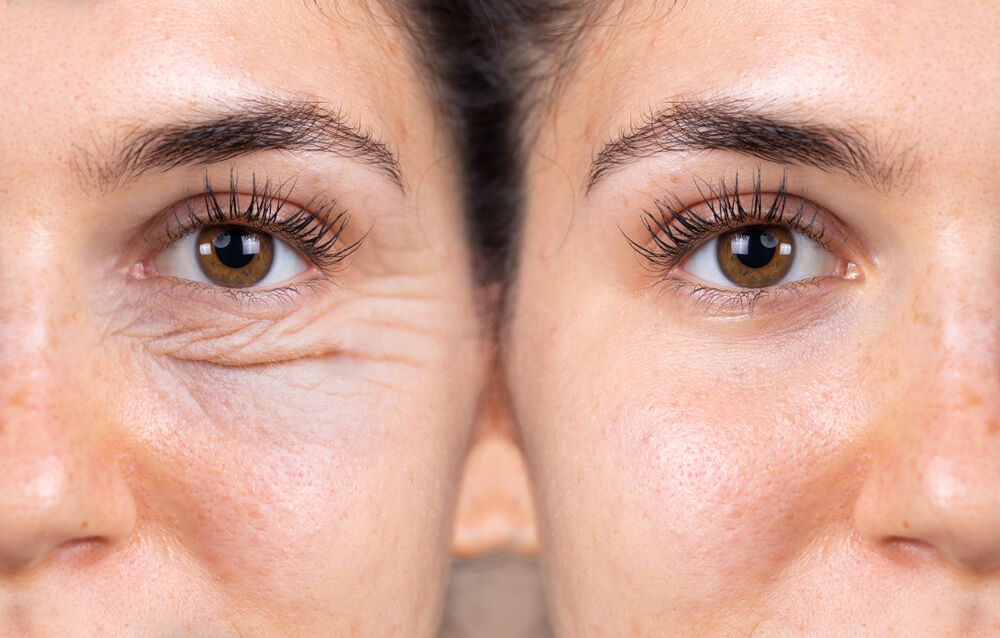Eyelid surgery ( blepharoplasty ) is meant to rejuvenate the areas next to your eyes by removing extra fatty tissue and skin that allows the eyelids to collapse and sag. A depressed, aged, or older facial look is usually complained of by people who undergo blepharoplasty. The symptoms of aging are very distinctive since the skin is delicate.
By lowering puffy, baggy, and excess eyelid tissue, blepharoplasty will enhance your facial appearance. Since eyelid complications are unique to each patient, various eyelid surgery procedures exist.


